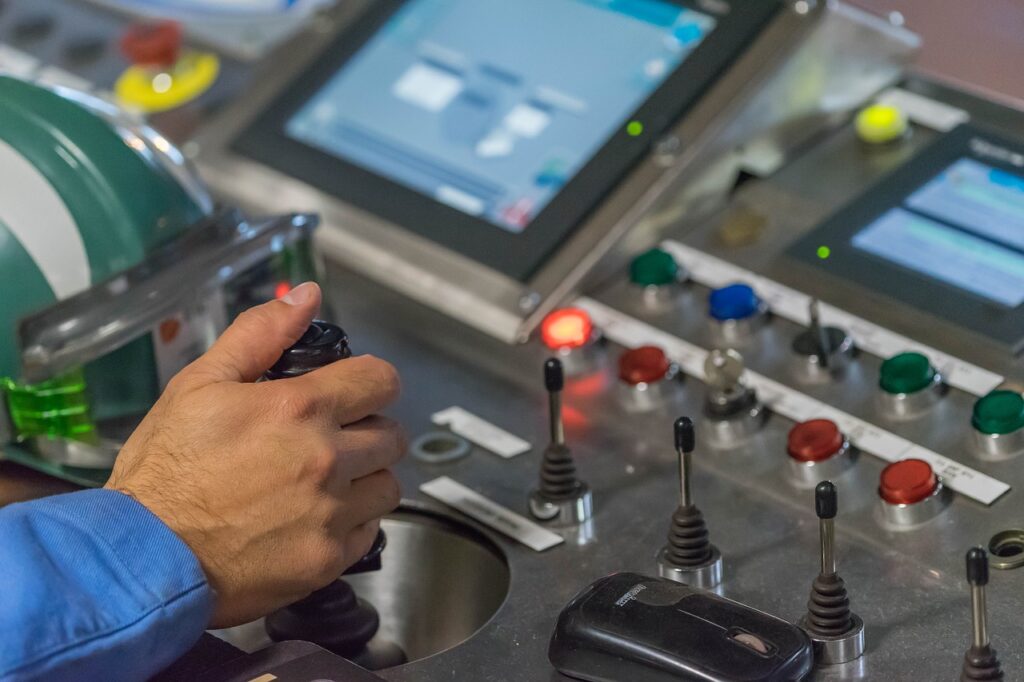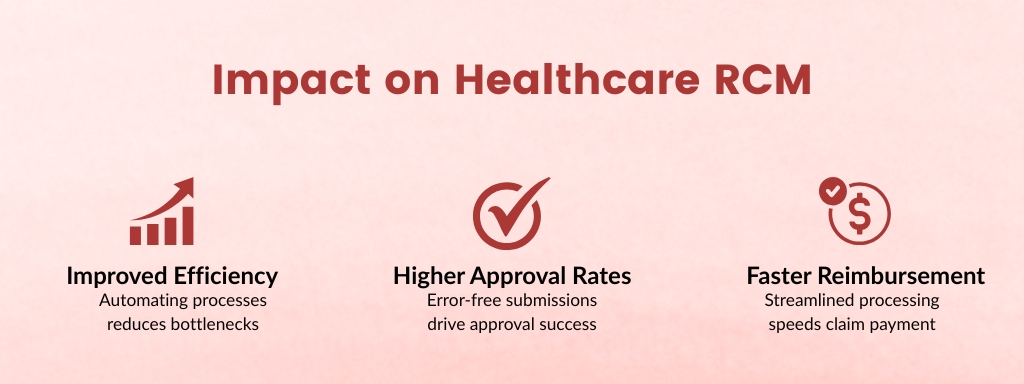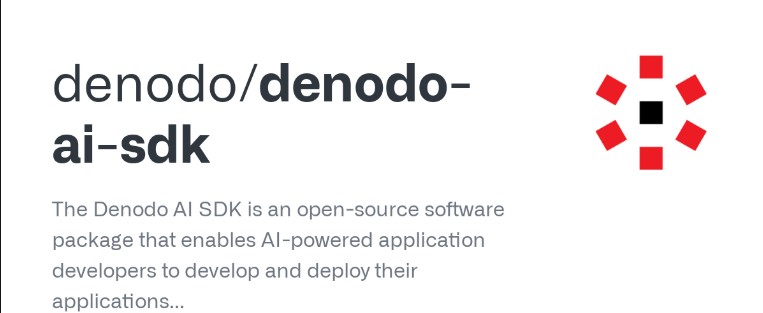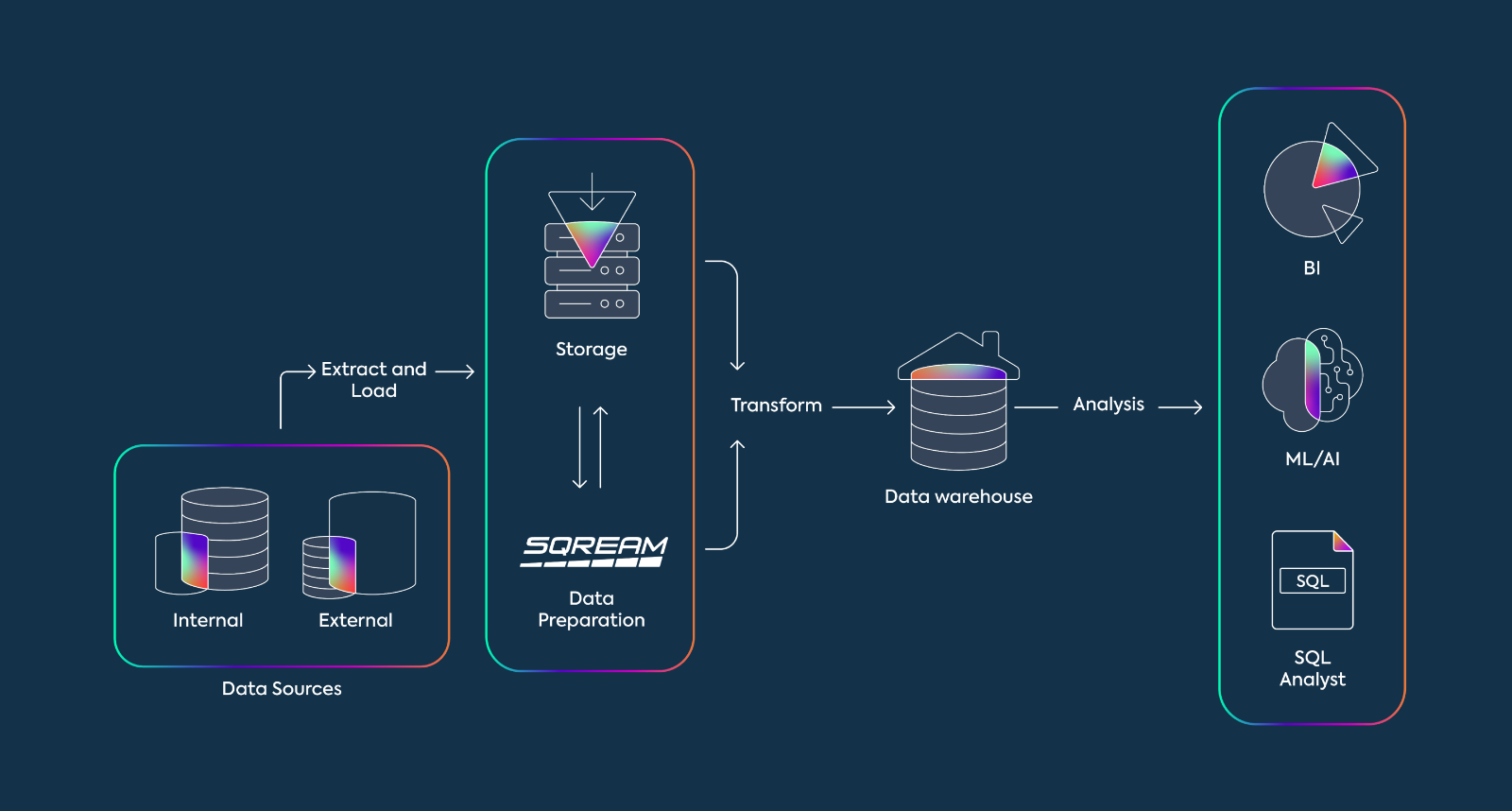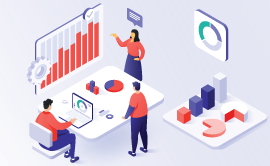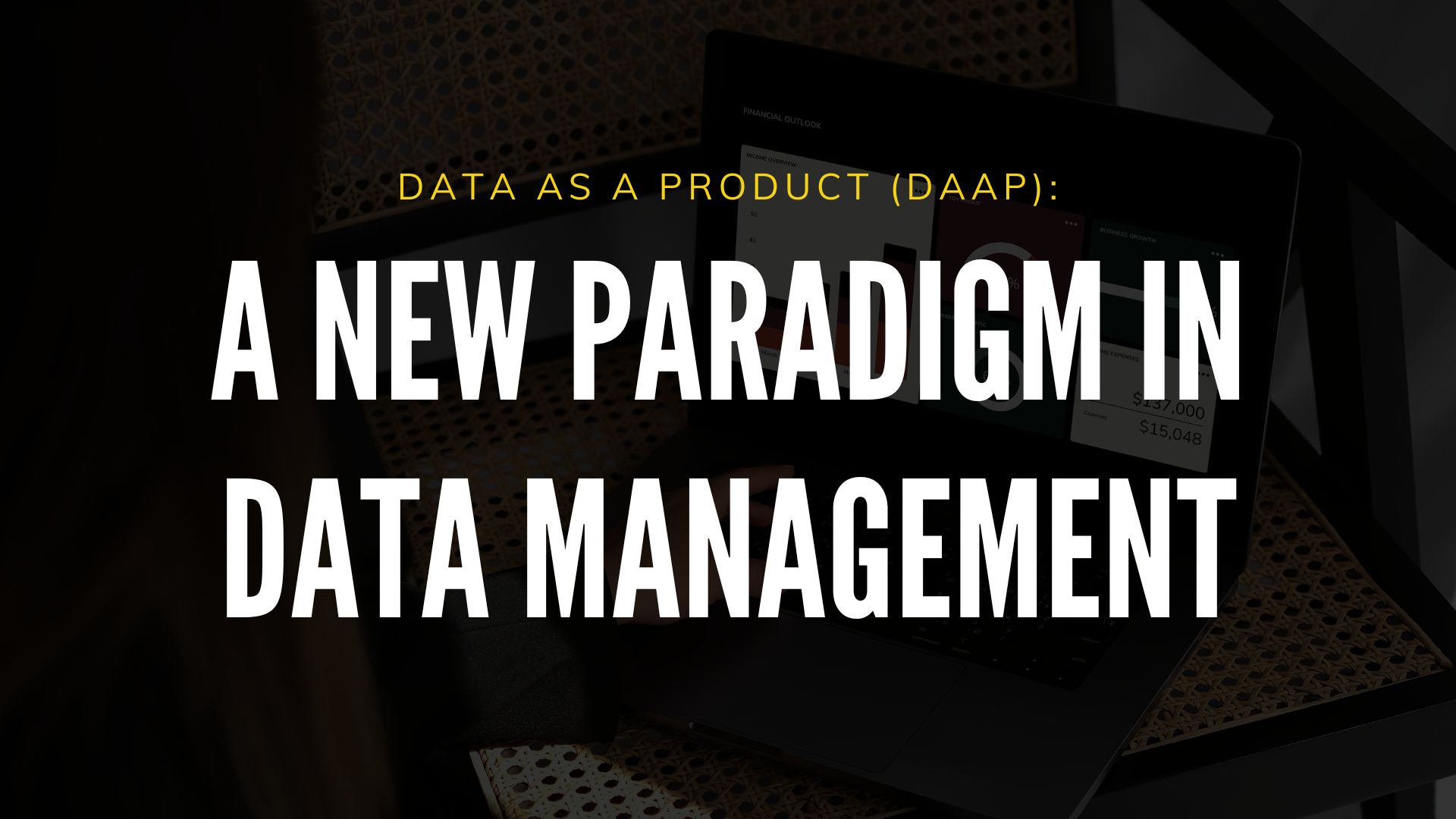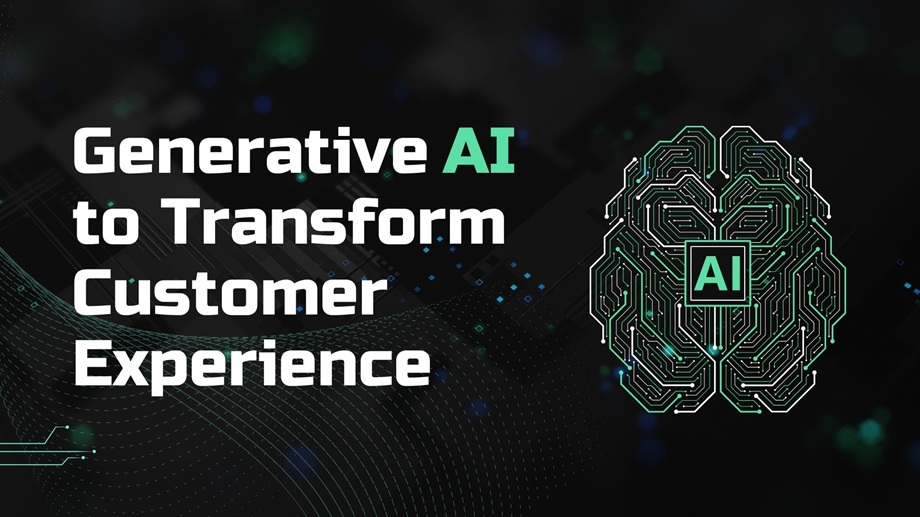1. Industry Challenges
Industry 4.0 faces many challenges & opportunities around the Industrial Internet of Things (IIOT). These are split into 3 segments: Industrial IoT through machine-to-machine communication through sensors, identifiers, and platforms for connectivity between machines. Industrial Automation is the production process in manufacturing and continuous flow end-markets enabled by Industry 4.0 and IIoT spanning a whole value chain of components, systems, solutions, and services. Industry 4.0 is the digitalization of the production ecosystem through robotic and sensors enabled by IIoT.
One challenge is the complex value chains with a wide variety or segments: The components within the value chains of Industrial Automation can normally be applied to a broad variety of use cases, such as robots.
When it comes to different types of disruptive technologies and autonomous factories, there are many subsets such as AI, 5G, Advanced Sensing & materials that are currently affecting industry 4.0. By having newly advanced technology, comes with major impacts upon the transition. Many industrial organizations will have to face extensive automation and networking during the manufacturing process.
With the pandemic closing out, there were many economic challenges that have mainly affected the financial services industry. The way that consumers have to interact with business have shown that there is a run on cash, very limited liquidity, and low access to consumer credit. This could potentially result in increased delinquency rates. There are two key areas of automation challenges in the financial & banking industry which are the customer & product. Barriers for the customer are managing the decreasing count of consumer trust and the increase of privacy demands. Barriers for the product are having to gauge the interest of products based on diversity elements such as behavioral, transactional, demographic, psychographic, and contextual data.
2. Business Problem Approach
It is only from the solution stage that they are specified for a particular application and end market. This is usually where the key steps in the service chain, but besides the degree of complexity, there is one key question for all players along this value chain: which trends have a direct influence on performance and results?
How else can industrial organizations take advantage? There are a few key strategic approaches that we can focus on such as segment maturity, operating practically, developing software & technical capabilities, balancing between the customer and technology itself. If companies are able to develop, at a granular level, and understanding of how mature the segment is will hep the business focus on it. There are many different disruptions that happen along the supply chain, even more so throughout the COVID pandemic, which all need to be evaluated realistically. These disruptions will also need to be determined if they’re feasible in certain risk areas from the technology. Software capabilities are in higher demand than ever, each developer or software consultant will be playing a vital role in building new business models to align with company vision.
RPA’s usage within the finance department is increasing because it effectively handles repetitive & manual tasks. As previously mentioned, by combining automation with machine learning models, more complex tasks are able to be solved. The approach of utilizing automation in Finance can lead to certain activities being handled like payroll, record keeping, reporting, and accounts receivable/payable.
By implementing software robots or bots in Finance, benefits can be reducing overall operational costs and increasing compliance by reducing human error. Resulting in finance teams and individuals to focus on the task at hand that only humans are able to do and grow vertically and horizontally with less difficulty to scale alongside automated systems. As the technology grows, there are many areas that are now seen to be automated throughout the finance department and industry. Accounting, investor relations, and strategic finance management are the focal areas that automation can be implemented to free up nearly 42% these commonly worked on processes.
3. Technology Offerings
- IBM Robotic Process Automation – helps you automate more business and IT processes at scale with the ease and speed of traditional RPA
- IBM Cloud Pak for Business Automation – a modular set of software components designed to automate works and accelerate business growth.
- Blue Prism – Robotic process automation that unifies your human and digital workforces.
- Automation Anywhere – cloud RPA organization providing intelligent process automation with software robots and bots.
- UiPath – RPA provider to help automate end-to-end operations with drag & drop, low-code environments.
- Microsoft Power Automate – a powerful workflow automation directly in your apps with a no-code approach that connects to hundreds of popular apps and services.
- Pegasystems – develops software for customer relationship management, robotic process automation, and business process management.
4. Competitors/Players in the market & Market size
RPA & Automation overall have seen my new players and vendors enter the market during this age of digital transformation. The RPA market was $1.4 billion in 2019 and has been projected to reach ~$1.8 billion before 2021 ends. New players and companies have now realized that using data science, machine learning, and AI will only amplify the power of RPA to solve even more complex business tasks. When utilizing machine learning in RPA, it can also detect patterns and enable smarter decision making which falls under the category of “cognitive automation”. There are now over 80 different RPA vendors that have been ranked by industry analysts.

